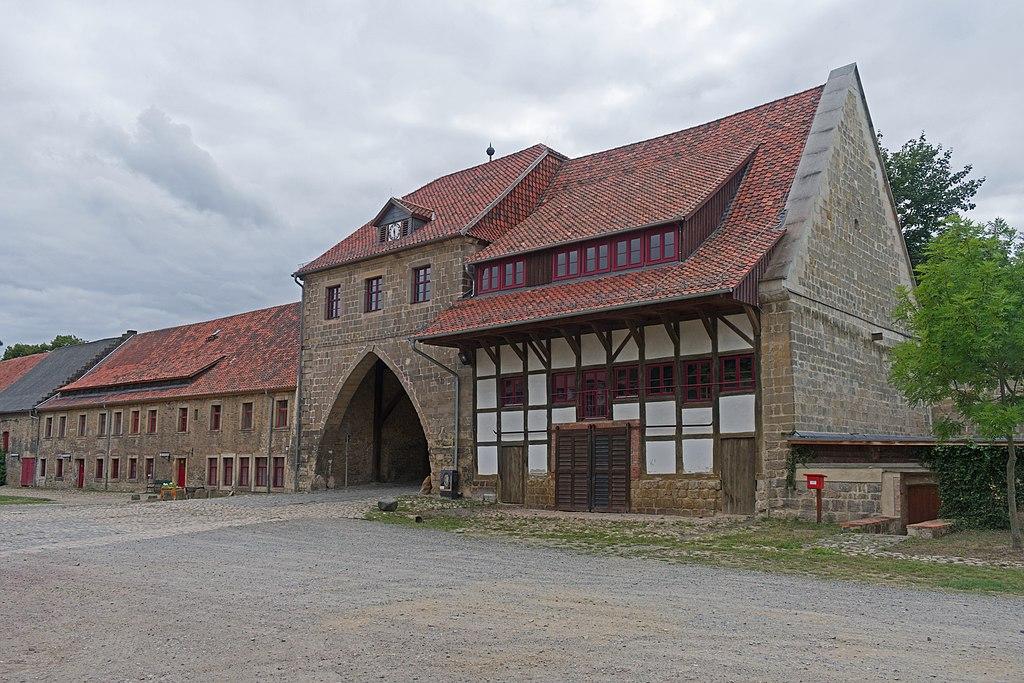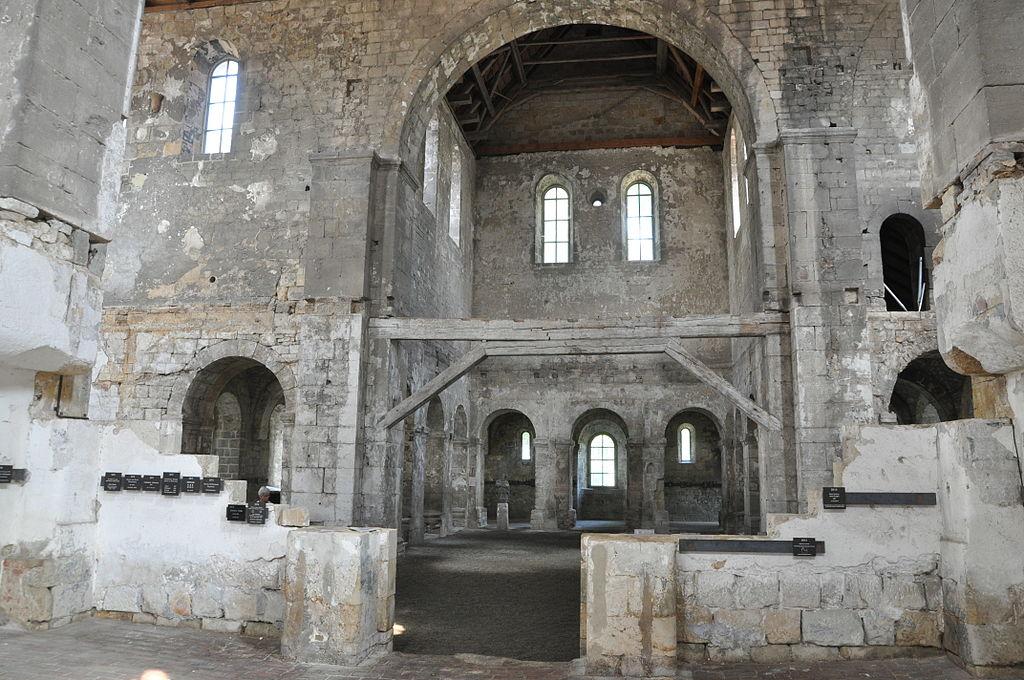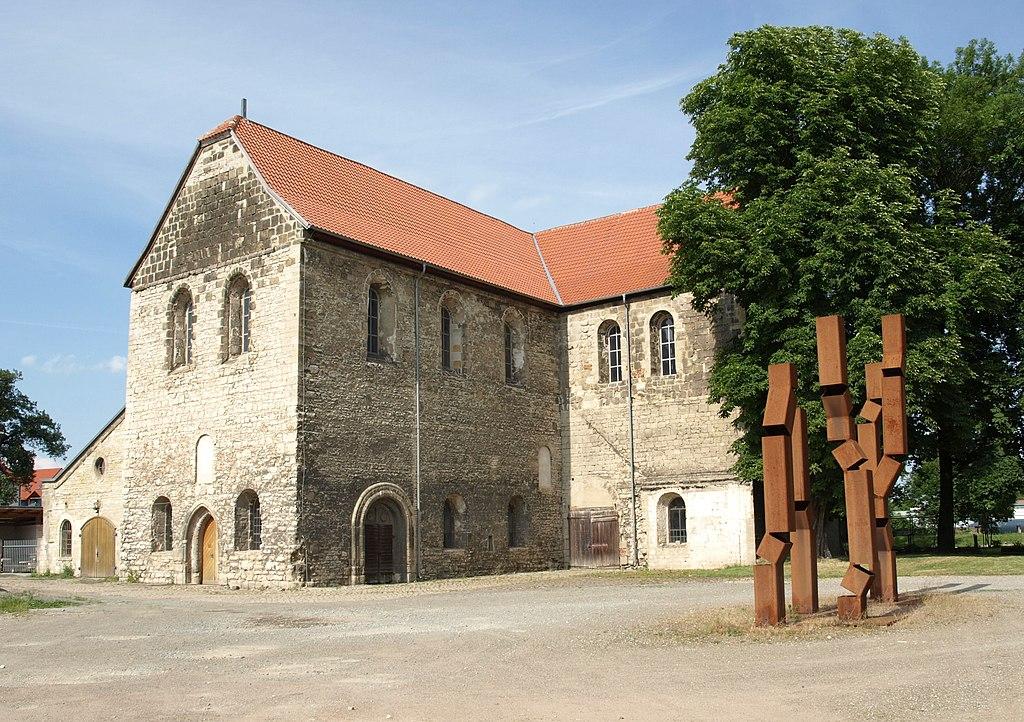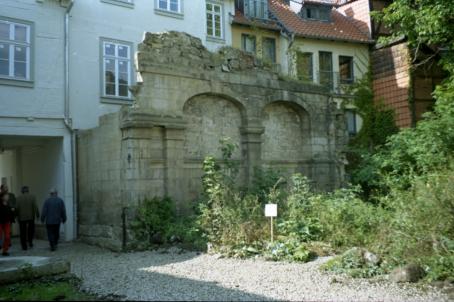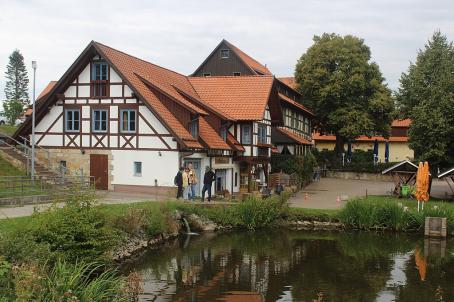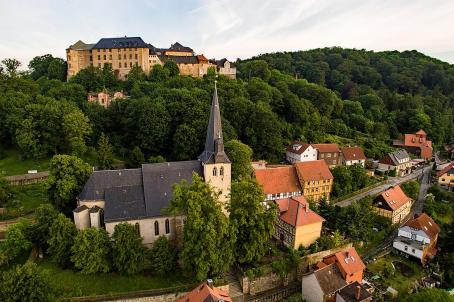Kloster Burchardi
The monastery of St. Burchardi (Kloster Burchardi) is a former Benedictine monastery transformed into a space for social projects, cultural offers and encounter.
About this building
The monastery of St. Burchardi was founded by Bishop Burchard I of Halberstadt in 1186. in 1206, Cistercian nuns took over the monastery. The monastery was suppressed and sold on 1 October 1810, in the course of secularisation in Germany.
Since the sale of the St. Burchardi Monastery in 1810, its entire grounds and the associated buildings have had an eventful history. In 1836, Ferdinand Heine I acquired the monastery as an agricultural business with around 90 hectares of fields and meadows. The business remained in the family for three generations until 1945. During this time, the buildings on the former monastery grounds, including the St. Burchardi Church, were used for agricultural purposes as barns, storage sheds, stables, workshops and distilleries, and in smaller building areas also as administrative and residential space
The AWZ - Bildungs- und Betreuungs-GmbH now runs the former monastery. The “Burchardikloster” location has around 2,000 m² of workshops and other practice and classroom spaces. The offering is complemented by a 50 m² greenhouse, a 200 m² hall, around 7,000 m² of open space, and offices and social rooms for all training areas.
